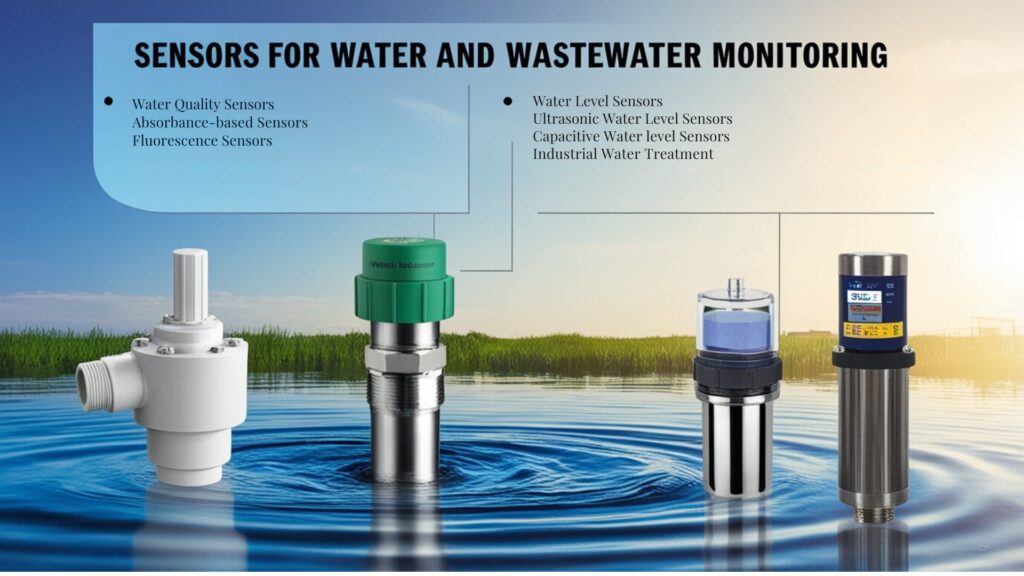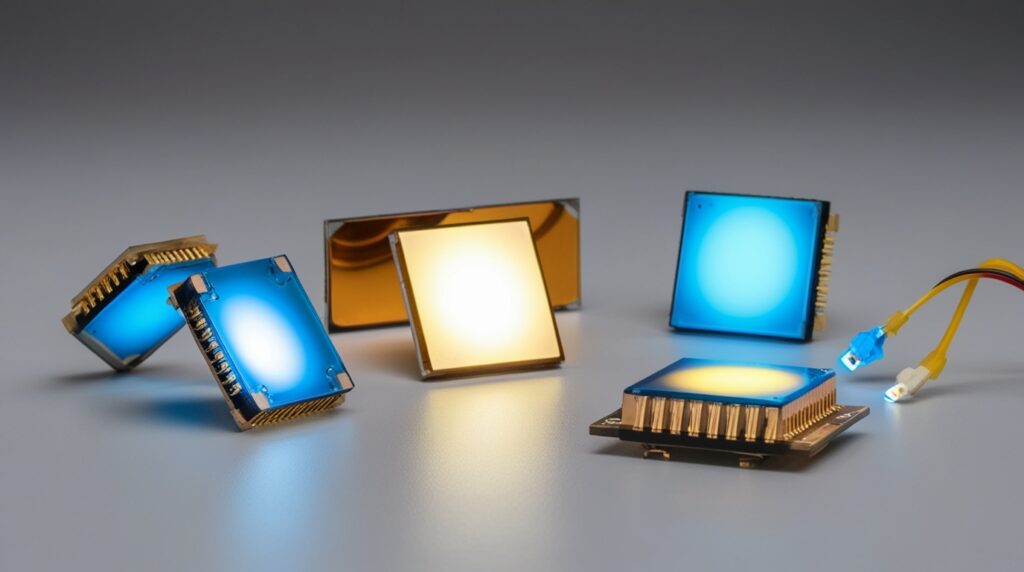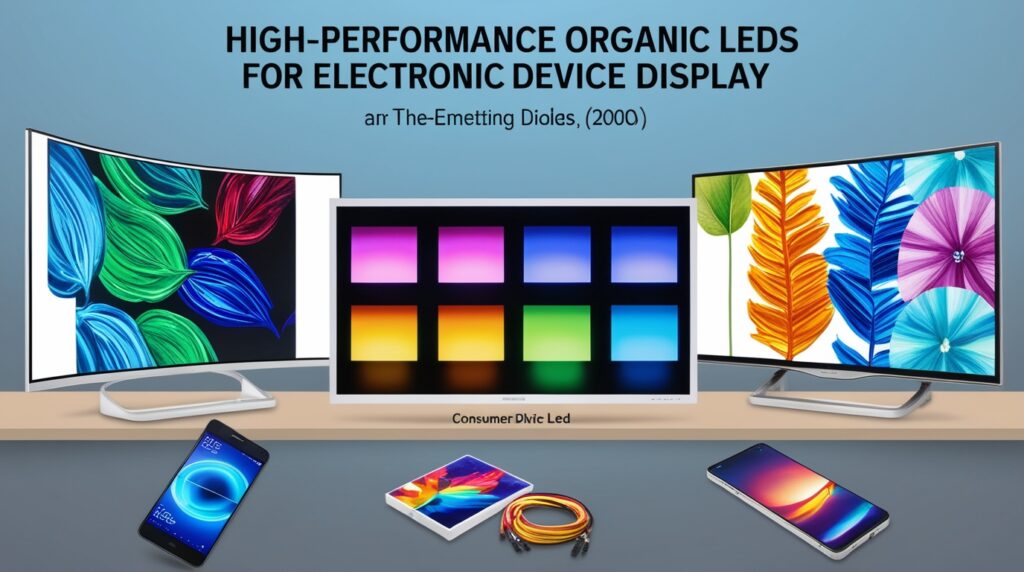Holography | 2D 3D Hologram Displays
Who were the key figures in the early development of holography, and what were their major contributions? The early development of holography is a captivating chapter in the history of optics, characterized by significant contributions from several pioneering scientists. Dennis Gabor, a Hungarian-born British scientist, is universally recognized as the father of holography. In 1947, while striving to improve the resolution of electron microscopes, Gabor developed the theoretical foundations of holography. His groundbreaking work involved the concept of wavefront reconstruction, where interference patterns in waves could be used to create three-dimensional images. Gabor’s method employed conventional filtered-light sources, but the limitations of these light sources prevented immediate practical applications. The […]



